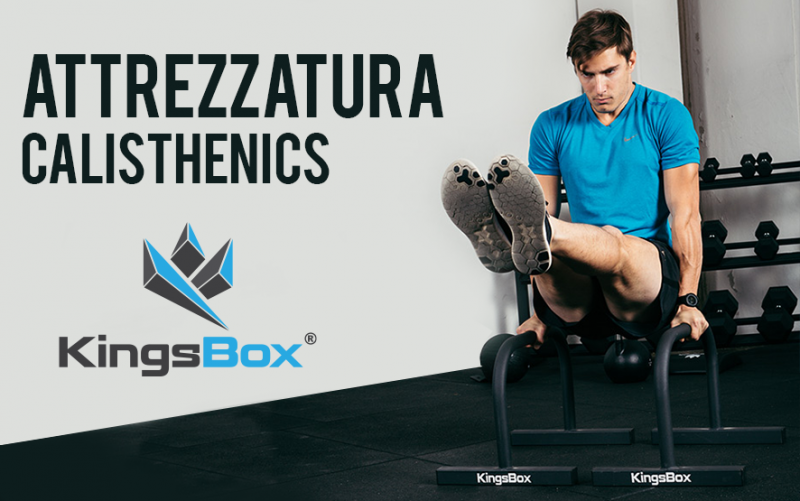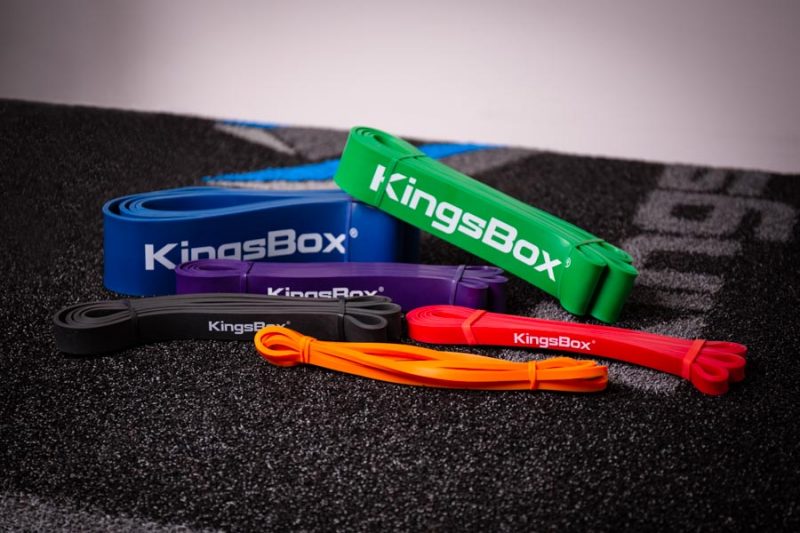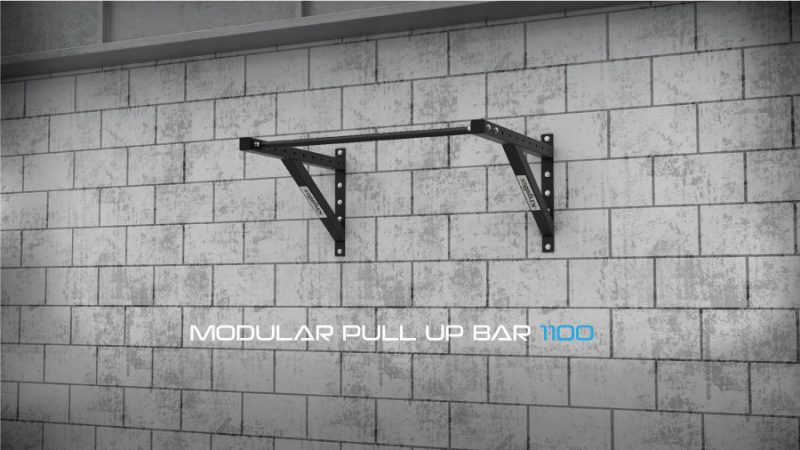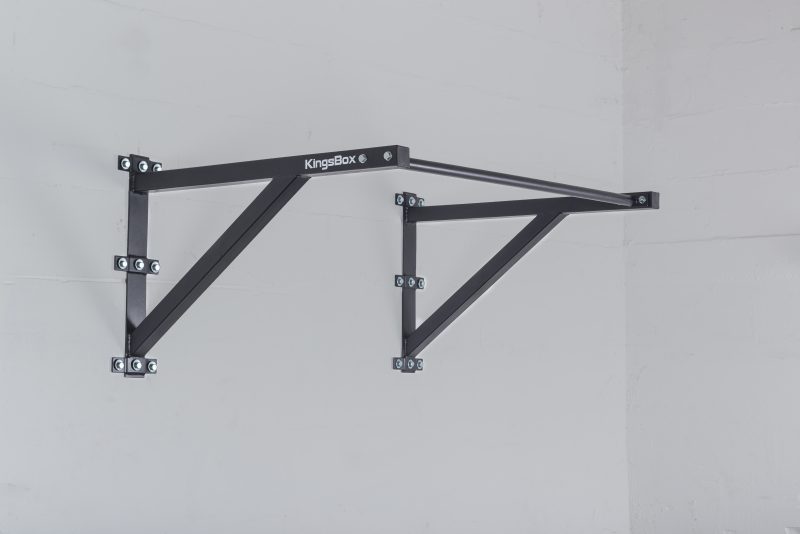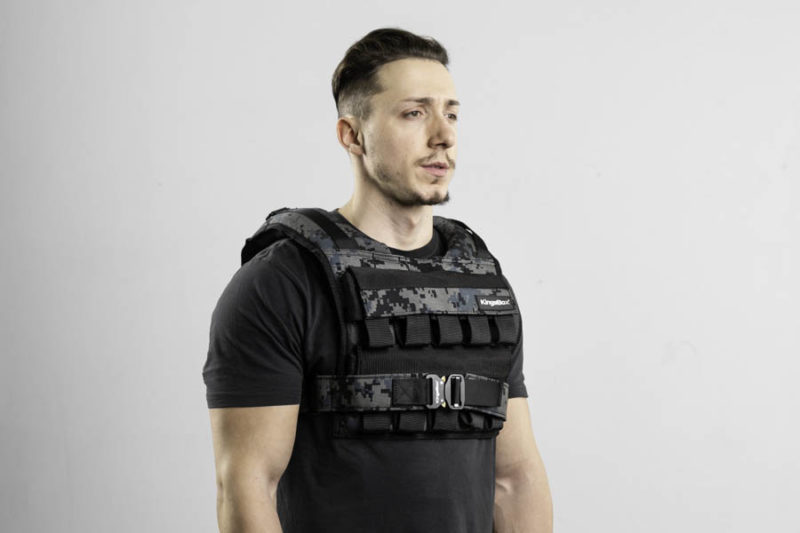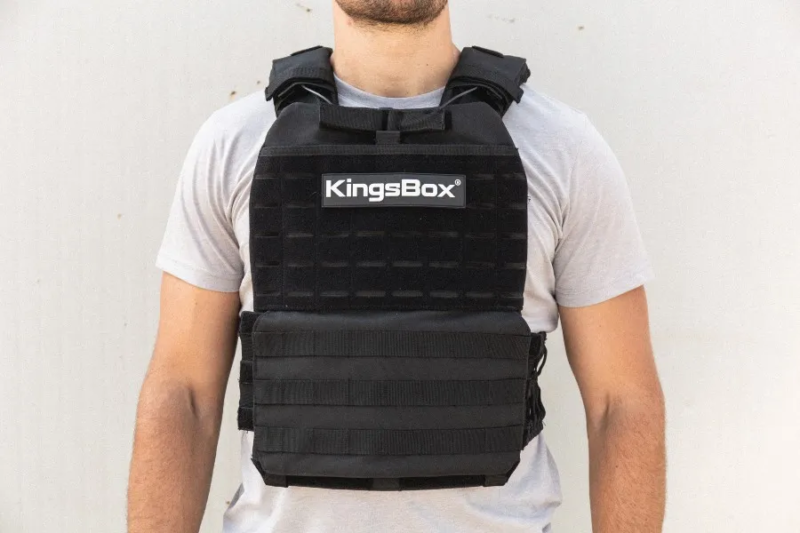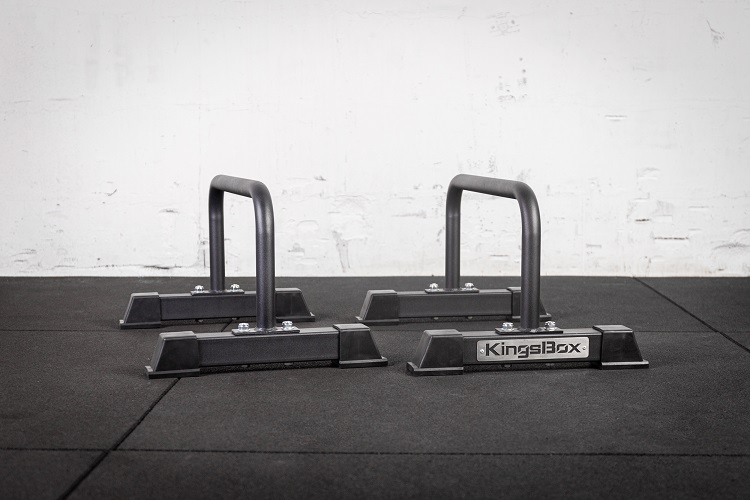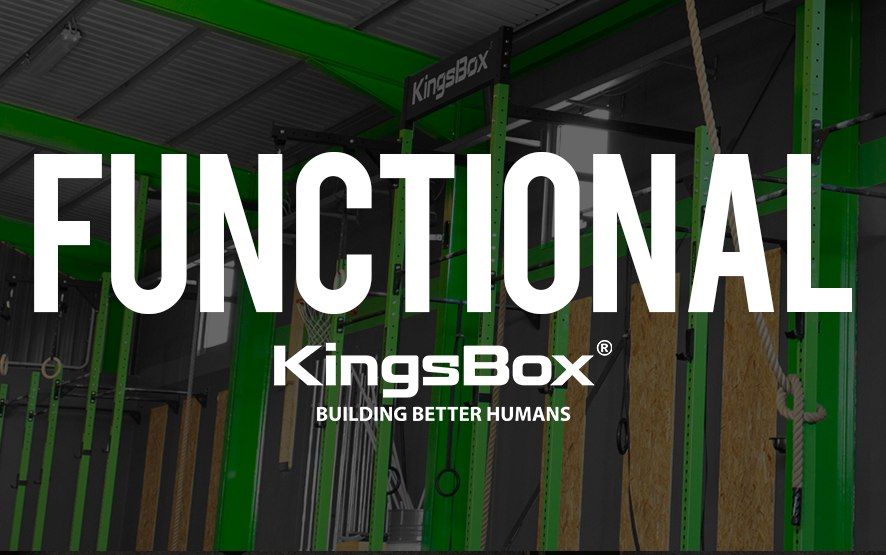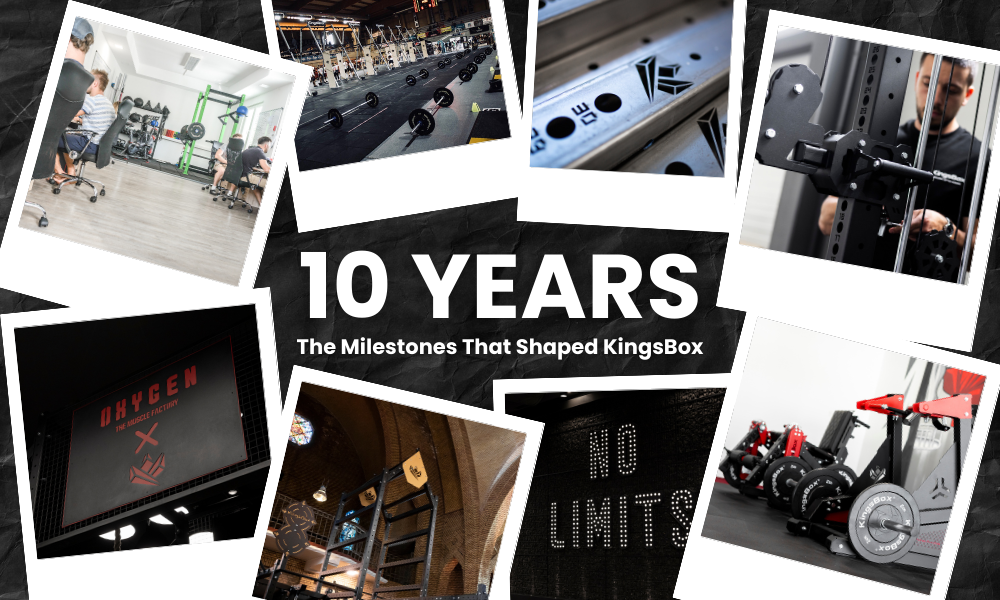Kallos and Sthenos, two Greek words that literally mean beauty and strength. From these two words comes Callistenia or how it is pronounced overseas Calisthenics.
The origin of the word has been and still is controversial, some argue that it was first coined by Callisthenes (Καλλισϑένης, Callisthěnes) of Olynthus. Historian, great-grandson or second cousin of Aristotle, during his expedition to Asia, as a description of how local armies trained.
The first evidence of calisthenic training is given by Herodotus, a Greek historian who, through his spies, observed how the Spartan armies “danced a strange tribal dance”, then covering that it was calisthenic training.
Indice dei contenuti
Calisthenics to defend themselves in battle
Yes it is. The calisthenics This type of military training has persisted for centuries throughout Greece, Asia, India, the Roman Empire, Gaul and many other places.
Calisthenics in the ancient world
1600 before Christ BC.
Many experts agree that calisthenics has begun to spread with the ancient yoga practitioners of India. Yoga in 1,700 B.C. was taught and practiced almost exclusively by warriors. This statement comes from the study of the positions performed in ancient yoga, very similar to the free-body exercises that we practice today.

450 before Christ B .C.
It’s no longer a secret, given all the research. The calisthenics was notoriously used by Leonidas king of Sparta and his Spartan warriors to prepare for battle, the same as the famous historical tale, the comic and the film.
Several found texts report that the Spartans referred to free-body exercises as “kilos sthenos”, meaning “beautiful strength” in ancient Greek.
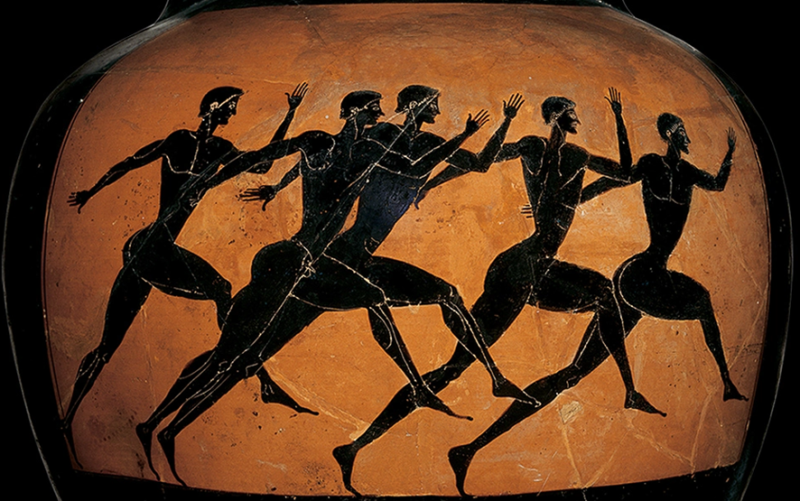
100 BC before Christ BC.
Just like the Spartans, Roman gladiators are famous for their cruelty and physical fitness. Gladiators were subjected to rigorous physical training based on gymnastics. Gladiators had to be as fast as they were strong, so sword fighting training was combined with intense free-body exercises.
400 after christ A.C
The Shaolin monks of ancient China are the ideal symbol of the peaceful warrior.
Meditating for hours every day, they maintain a minimalist lifestyle and live peacefully. At the same time, however, the Shaolin monks were very skilled in Kung Fu, an ancient form of combat.
The Shaolin monks were men of peace but also defenders of their temples as these splendid buildings often held treasures. The monks became a necessity to ward off thieves. In addition to mastering the movements of Kung Fu, the monks also used gymnastics to train their bodies.
Calisthenics in the 17th, 18th and 19th centuries
As strange as it may seem the exercise continued to accompany until the 19th century all those who were directly or indirectly linked to a conflict. Training meant that in ancient times being ready to face a hand-to-hand combat or even simply escape from an ambush, climbing on a wall.
The Turnverein Movement
A valuable evidence of the use of calisthenic gymnastics as a means of defense is that of the 19th-century Turnverein movement led by Friedrich Ludwig Jahn . At that time, Germany was occupied by Napoleon and, in response, some nationalist athletes, led by Jahn, set up gymnastics clubs to train young people to fight.
This movement was then imported to the United States by German immigrants who started local Turner clubs in the United States.
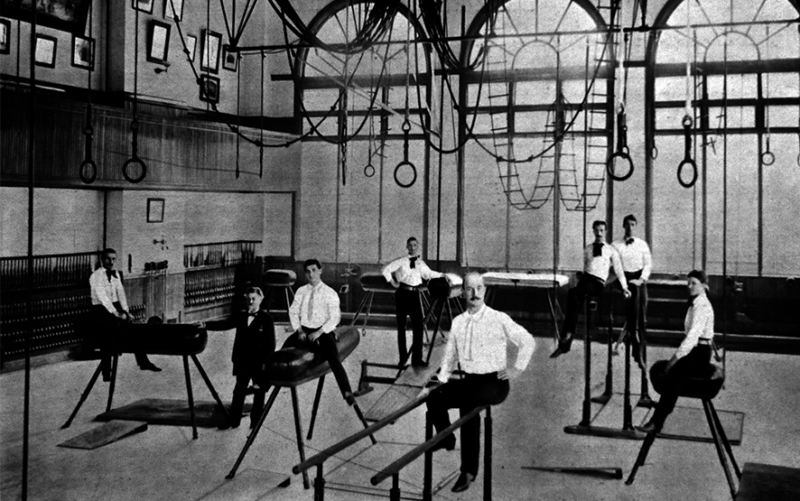
Some of these promoters have risen to positions of power within the US government and have even managed to get gymnastics taught in public schools.
However, with the onset of World War I, the United States government became suspicious of the movement and began to decline. Throughout this time, several fitness systems have struggled to be included in public school training programs.
The Battle of Systems
As mentioned earlier, with the onset of World Wars, the Calisthenic movement led by the Germans lost popularity and the sport effectively became the physical education activity in schools.
Modern rebirth
Over the past decade, calisthenics has experienced a real rebirth and has officially resisted the test of time.
In circulation for millennia has been used by millions of athletes, soldiers, gladiators, monks and simple users. Long before modern gyms, gymnastics was the only way to become an athlete.
To date, thanks to the advent of the internet, there are hundreds of thousands of athletes who train with calisthenics, contributing to a real global expansion.
Equipment for calisthenics
Basically to start training with calisthenics you don’t need a lot of equipment, Browse this article again where you will find some tips and a wonderful article where we explain what are the main tools to buy to make calisthenics at home.
READ THE ARTICLE CLICK ON THE IMAGE
Elastic resistance band for calisthenics
Here is our set of elastic bands of resistance at a really advantageous price, made of high quality material for a training always safe and fun.
Modular Pull Up Bar
You can find a lot of pull-up bars on offer, but our bar offers more: it is compatible with all the accessories of the Royal line, which are usually fixed on the profiles of the rig. So you can mount cannonball grips, multigrip bars and much more on the bar. Available here
Pull-up bar for calisthenics
A reliable chin-up bar is one of the most popular equipment in any home gym. You can attach it to the wall or ceiling as you prefer. The side brackets are made of steel 50mmX50mm, the bar has a diameter of 33 mm. The length of the bar is 116.5 cm, depth 90 cm and height 58 cm an excellent compromise between high quality and price available here
Ballasted vest Elite
Made in one size, it is adjustable to fit well to any body. We have two versions of the vest, the Training (up to 10 kg of ballast) and the Elite (up to 30 kg of ballast) and can be purchased here
Vest Ballasted Royal Motion
This beautiful ballasted vest is designed to offer better mobility during the various exercises you can only order the vest or order only weights compatible. Weights can be placed on the front and / or back of the ballasted vest. Our ballasted vest can be purchased here
Gymnastic parallels for calisthenics
Our gymnastics bars are made of high quality industrial steel. They are an accessory suitable for all athletes. The parallels can be used to do exercises such as Hand Stand Push Ups, L-sit, Push Up and Dips and improve your strength and can be purchased here.


